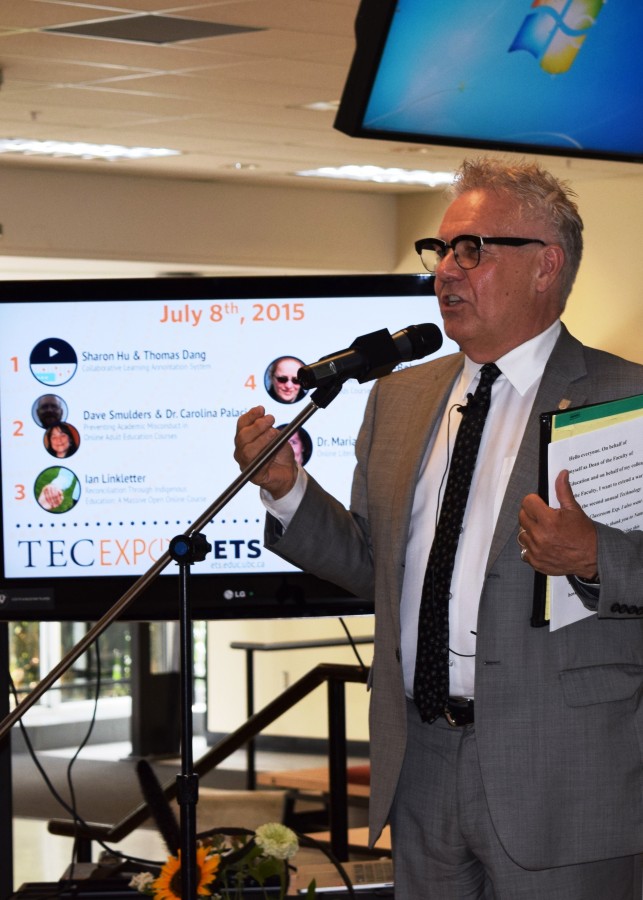On July 8th and 9th, 2015, ETS hosted the second annual Technology Enhanced Classroom (TEC) Expo. This event showcased creative, innovative and effective uses of technologies for learning by both faculty and students in the Faculty of Education. The Expo highlighted face-to-face, hybrid, and online learning in classrooms on UBC campus, in Metro Vancouver, and around the world! Our goal was to encourage visitors and presenters to find inspiration, share experiences, and start conversations about the role of technology in their classrooms.
TEC Expo uses technology to enhance a traditional poster session format, with presenters able to dynamically display their courses on electronic screens. While browsing between the tables, visitors are able to view demonstrations and engage in conversation with presenters. For TEC Expo 2015, we also introduced a fast-paced feature event, 60 Seconds of Fame, for faculty to describe their topics, as well as an interactive Mini Makerspace where visitors could experiment with technology-based tools.
Event Photos
Presenters

Online Literature Circles
Marianne McTavish, Senior Instructor, LLED
Literature Circles, derived from reader response theory, is a collaborative and student-centered reading strategy that provides students with opportunities to engage in critical thinking and reflection about texts. Literature circles are often used in face-to-face classroom contexts that highlight discussion, student response, free choice and collaboration. This presentation focused on how literature circles can be used very successfully with students in online environments, and in particular, with UBC’s Connect platform.

Using the PeerWise Online Resource to Promote Collaboration in Methods Courses
Marina Milner-Bolotin, Assistant Professor, EDCP
The presentation showcased how a free on-line collaborative resource, PeerWise (https://peerwise.cs.auckland.ac.nz/), can be used in methods courses to promote teacher-candidates’ collaboration on designing conceptual multiple-choice mathematics and science questions. A UBC team collected research evidence proving that this collaboration helps teacher-candidates gain Pedagogical Content Knowledge in the field as well as acquire important skills in question-driven inquiry-based pedagogy.

Video Lecturing Using Camtasia
David Anderson, Professor, EDCP
This showcase featured how Camtasia can be used to create and integrate video lectures using Powerpoint, and how it affects online course delivery.

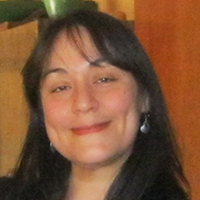
Preventing Academic Misconduct in Online Adult Education Courses
Dave Smulders and Carolina Palacios, Sessional Instructors, EDST
The combination of mainstreaming of online courses at UBC and opening up registration of adult education courses to a wider target audience over the past few years has resulted in many more students enrolling in Adult and Higher Education (ADHE) courses than ever before.
As the student numbers increase, so have the incidences of suspected academic misconduct. While the Internet and social media have impacted academic misconduct, online digital tools can also be utilized to help ensure student work is done sincerely and originally. In this presentation, Dave and Carolina shared what they have learned and considered potential solutions that can both reduce academic misconduct and enhance the teaching and learning experience.
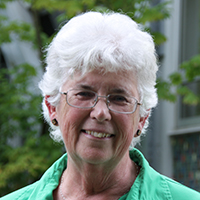
The Dadaab Project
Elizabeth Jordan, Senior Tenured Instructor, ECPS
Elizabeth Jordan showed some of the ways UBC instructors are presenting courses to untrained teachers in the Dadaab UN Somali Refugee Camp in Kenya. Each course has had a number of technological challenges, so much of the presentation dealt with workarounds for these difficulties.

Teaching Children’s Literature Online
Kathryn Shoemaker, Adjunct Professor, SLAIS, Sessional Instructor, LLED
This presentation focused on creating and teaching an online class on teaching children’s literature that included interactive engaging activities and opportunities for learners to reflect and respond to a variety of texts in multiple forms and modalities. I began this work with some fear that I would miss the stimulation of face-to-face teaching, the chemistry a group of teachers usually brings to the course, the highly visual content, and the opportunity to respond immediately to the interests of the students. Happily, some of the things I worried about were replaced by wonderful new teaching experiences. While I am truly a technology immigrant treading water, my work with Connect and support staff produced an interesting and engaging course.

Digital Storytelling in Career Counselling
Barbara Smith, Instructor, ECPS
There is a significant trend towards narrative approaches emphasizing storytelling in career counselling. Students in my sections of CNPS 363 transformed an informational interview project into a digital story. They learn intervention, technological and story telling skills, and how creativity is not only possible but essential in career counselling practice to effectively engage clients in more meaningful ways.


Ponderosa Innovative Classroom
Kirk MacDonald, Project Manager, IT A/V Services, and Ken Watanabe, Senior A/V Designer, IT A/V Services
Kirk and Ken introduced everyone to the Faculty of Education’s Innovative Classroom in the upcoming Ponderosa Phase II. Their presentation focused on the design and functionality aspects of the room.

Reconciliation Through Indigenous Education: A Massive Open Online Course
In January the Faculty of Education launched its first MOOC: Reconciliation Through Indigenous Education. On September 29th we will launch it again! This massive open online course created a free opportunity for thousands of teachers in Canada and the world to learn about Indigenous education and how it can be incorporated into their practice. Ian Linkletter from Educational Technology Support shared some of the lessons learned about designing and delivering a course at massive scale.

Collaborative Learning Annotation System
The Collaborative Learning Annotation System (CLAS) enables students, instructors, and other observers to embed notes and video feedback directly on a video timeline. It streamlines the commenting and reviewing process, and encourages more active engagement with the video. In a flipped classroom, CLAS can be used for students to post questions or bookmark parts of the video to review later. CLAS has been used in peer assessments, peer learning and collaboration. When students actively engage with video content and build knowledge collaboratively, they become responsible for one another’s learning as well as their own. Sharon Hu from Educational Technology Support and Thomas Dang from Arts ISIT co-presented this session.

Learning beyond 4 Walls: Community & Collaboration with ELL/ESL Learners
Janis Griffioen, PLTech BEd 2014 Alumna
As technology expands, learning beyond four walls is becoming not just a fad but a necessity. The focus of this presentation was on how to establish a classroom community and develop digital citizenship using classroom websites and student blogs, with an emphasis on ELL learners.
Come examine how a personal classroom website facilitated the collaboration between a local ESL/ELL district teacher and her colleagues, students, and their parents. This inclusive learning environment was created using Weebly and KidBlog. These tools enabled students to practice skills learned in class while also building a positive digital passport.

Games & Learning
Dominic Maggiolo
Game mechanics are an integral part of learning. The design concepts, much like designing learning goals, curriculum and lessons, can be tied to the ways in which we learn. I hope to link learning styles and gaming mechanics in ways which educators can apply practically in a variety of forms.
Game mechanics allow students to evaluate situations, make decisions which involve a dynamic perspective, and drive logic. Blended-learning, innovative pedagogy and game mechanics enable students to immerse themselves within an environment that is challenging and creative, but more importantly familiar and safe.

Integrating Technology Education
Duncan McDonald
Every course can be made hands on and involve technology. I don’t mean smart boards, I mean designing courses that have students using technology education to assist with the learning process. Benjamin Franklin once said, “Tell me I will forget, teach me and I will remember, engage me and I will learn.” Technology is a means of engaging students. Every course can build aspects of Technology Education into their courses to engage students.

Explaining Everything
Brittney Merryweather
Explain Everything is an easy to use interactive whiteboard and screencasting app. Teachers or students can use the app to visually represent information, materials, and lessons. The app allows you to draw, type, and import images, videos, pdfs and PowerPoint presentations. The whole process can be recorded with or without narration. The app can be used by teachers as supplementary instruction, instructional review, media at a specific station during collaborative group work, and by students to demonstrate understanding of a concept or task, to record work with narration for later studying, and much more. Explain Everything allows you and your students to create dynamic multimedia content to support teaching and learning.

Personal Response Devices
Reid Teichroeb
Reid discussed how he used personal response devices in his practicum and some research about it.

Using Geographic Information Systems in the Elementary Classroom
Amanda Younger
Amanda shared how she used GIS, specifically ArcGIS, with her grade 4/5 students to increase their understanding of Canadian Geography by choosing which information they wanted to display on their final output maps, and observing the relationship between different layers of information.
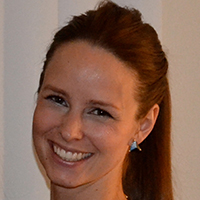
Fresh Grade
Michelle Torresan
Michelle demonstrated how FreshGrade can be used as a grade book, a platform to showcase students’ work, a communicative tool and more. She chose to use Fresh Grade in her classroom because it is easy to use for both the teacher and the students. It encourages student growth and allows the teacher to note and record academic growth in one user-friendly platform.

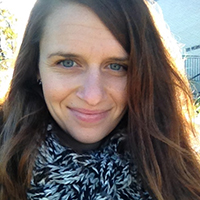
Makerspace Facilitators
Milana Cecco and Justine Johal
And many thanks to Justine and Milana, who are Teacher Candidates from the 2015 PLTech Cohort, for helping our interactive Makerspace run without a hitch!
Acknowledgements
Our thanks to Dean Frank, Dr. Mark Edwards, UBC PDCE, the UBC Dean’s Office, the UBC Bookstore, UBC IT, UBC AV Services, and, of course, all of our presenters and volunteers for helping to make this year’s event such a success!
